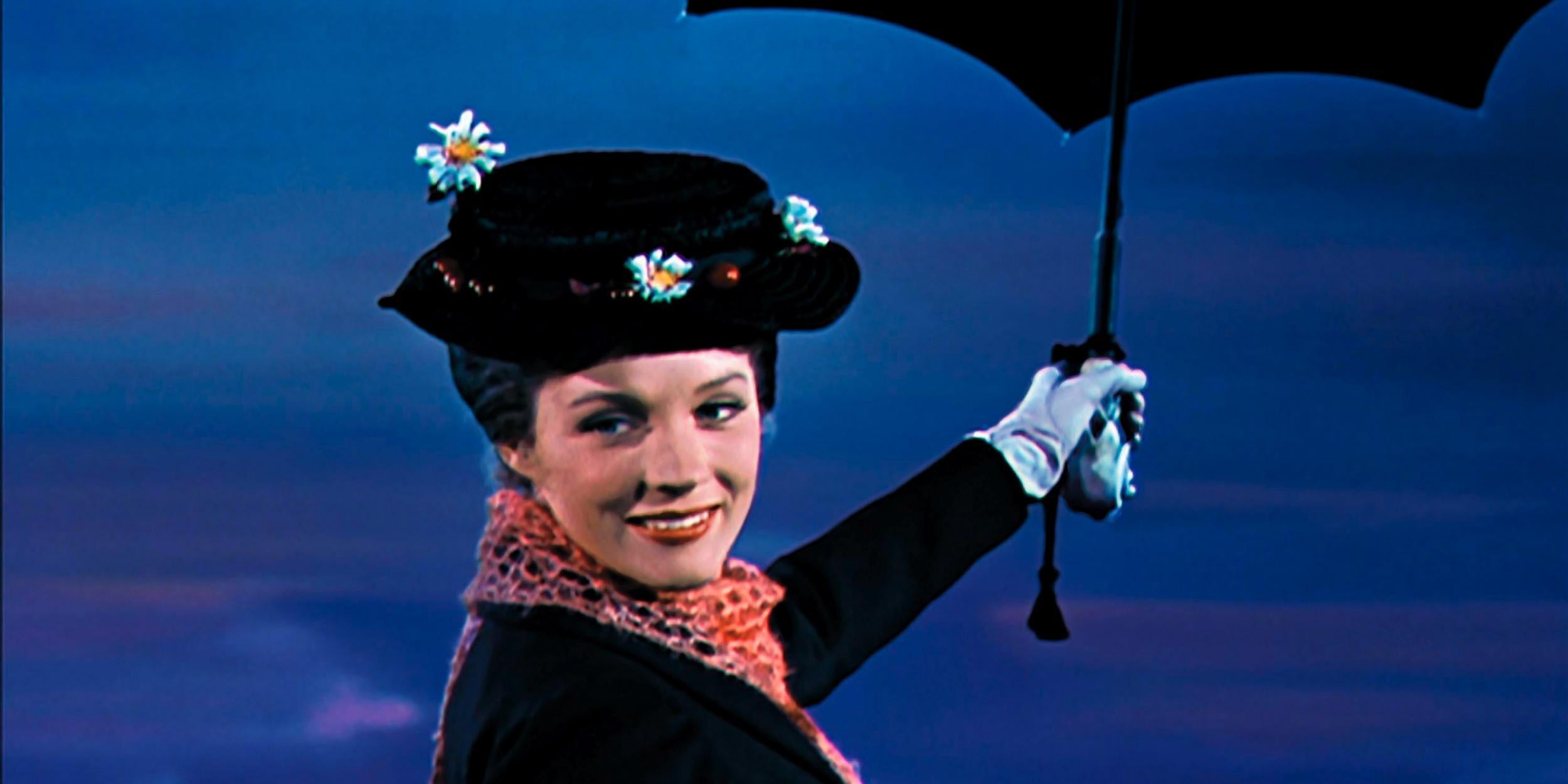Why Mary Poppins has changed its age rating to PG due to ‘discriminatory language’
The Disney film released in 1964 has been upgraded from a U rating by the British Board of Film Classification
Mary Poppins has had its age rating raised from U to PG by the British Board of Film Classification (BBFC), six decades after it was released.
The movie is being re-released in some cinemas next month to celebrate the film’s 60th anniversary, prompting BBFC to upgrade its classification for the first time since 1964.
The age rating U signifies “no material likely to offend or harm”, meaning a movie is suitable for audiences aged four years and over, according to the BBFC.
A Parental Guidance (PG) rating means some scenes may be unsuitable for young children, though unaccompanied children of any age may watch.
The movies rating has been upgraded due to “discriminatory language” used when describing the Khoekhoe, a group of nomadic herders in South Africa.
A BBFC spokesperson told The Independent: “While Mary Poppins has a historical context, the use of discriminatory language is not condemned, and ultimately exceeds our guidelines for acceptable language at U. We therefore classified the film PG for discriminatory language.”

In the movie, Reginald Owen’s Admiral Boom uses the racially insensitive word “hottentots” on two separate occasions, including using it to describe chimney sweeps, whose faces are blackened with soot.
The slur was adopted by Dutch settlers in South Africa, thought to imitate their language. It was later used to refer to all Black people.
The reclassification in age rating will only affect the cinema version of the film, with home entertainment versions still rated U.

Watch Apple TV+ free for 7 day
New subscribers only. £9.99/mo. after free trial. Plan auto-renews until cancelled.
ADVERTISEMENT. If you sign up to this service we will earn commission. This revenue helps to fund journalism across The Independent.

Watch Apple TV+ free for 7 day
New subscribers only. £9.99/mo. after free trial. Plan auto-renews until cancelled.
ADVERTISEMENT. If you sign up to this service we will earn commission. This revenue helps to fund journalism across The Independent.
In the first instance, Admiral Boom asks Michael, a child, if he is going on an adventure to “defeat hottentots”.
A spokesperson for BBFC added: “We understand from our racism and discrimination research, and recent classification guidelines research, that a key concern for people, parents in particular, is the potential to expose children to discriminatory language or behaviour which they may find distressing or repeat without realising the potential offence.
“Some language or behaviours are therefore not permitted at U or PG in any circumstance, or are wholly dependent on context. Content with immediate and clear condemnation is more likely to receive a lower rating.”
When deciding what age rating to give a film, the BBFC considers scenes that might show dangerous behaviour, discrimination, and references to drugs and sex. It also considers the language used in the film, scenes of nudity and of threat, horror and violence.
Mary Poppins was released in August 1964 to critical acclaim and commercial success. At the time of its release, it was Disney's highest-grossing film.
It received a total of 13 Academy Award nominations, including Best Picture, and won five.
A sequel, Mary Poppins Returns, was released in December 2018.
Join our commenting forum
Join thought-provoking conversations, follow other Independent readers and see their replies
Comments
Bookmark popover
Removed from bookmarks